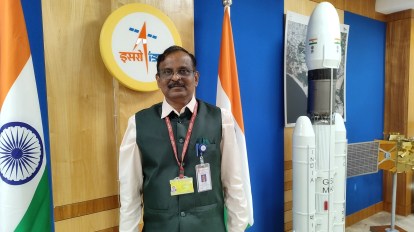In a landmark announcement that cements India’s place among global space giants, ISRO Chairman V. Narayanan revealed plans for a 40-storey-high super heavy-lift rocket capable of placing a record 75,000 kg payload into low Earth orbit.
Speaking at the convocation of Osmania University, Narayanan highlighted how far India has come since the days of Dr. APJ Abdul Kalam’s first rocket, which had a liftoff mass of just 17 tonnes and carried 35 kg payloads. “Today, we are conceiving a rocket as tall as a 40-storey building that can carry 75,000 kg into orbit,” he said, drawing thunderous applause.
What’s Coming This Year
NAVIC Satellite: Strengthening India’s indigenous GPS system.
GSAT-7R: A next-generation naval communication satellite to replace GSAT-7 “Rukmini”.
N1 Rocket: A crucial step toward heavier payload capacity.
TDS (Technology Demonstration Satellite): For testing new space technologies.
US Collaboration: Launching a 6,500 kg American communication satellite onboard an Indian rocket.

India’s Space Roadmap
Currently, India operates 55 satellites in orbit, but Narayanan announced that the number will triple within the next 3–4 years, fueling advances in communication, defense, navigation, and climate monitoring.
Recognizing his outstanding contributions, Narayanan was conferred with an honorary Doctorate of Science by Telangana Governor Jishnu Dev Varma during the ceremony.
Why This Matters
If successful, ISRO’s 40-storey rocket will make India one of the few nations with super heavy-lift launch capability, rivaling NASA’s SLS and SpaceX’s Starship, and opening doors to deep space missions, larger satellites, and even human spaceflight to the Moon and Mars.
This vision underscores India’s determination to not only keep pace with but also lead the global space race in the coming decade.


